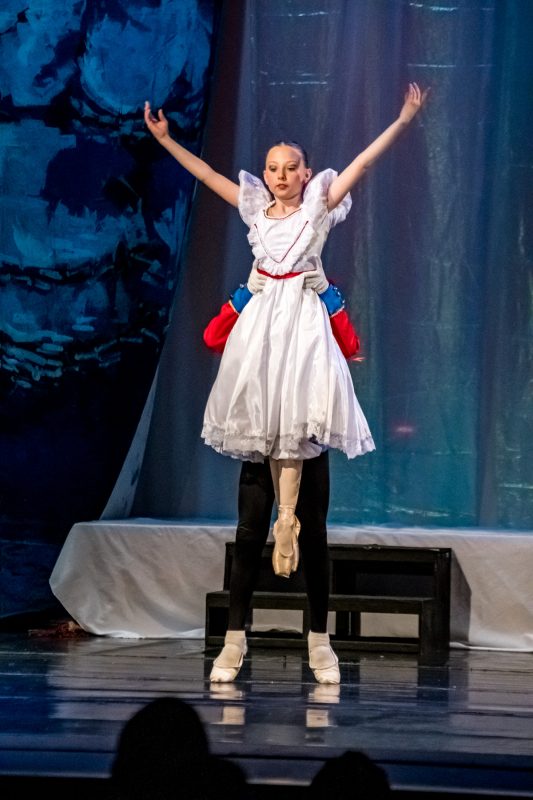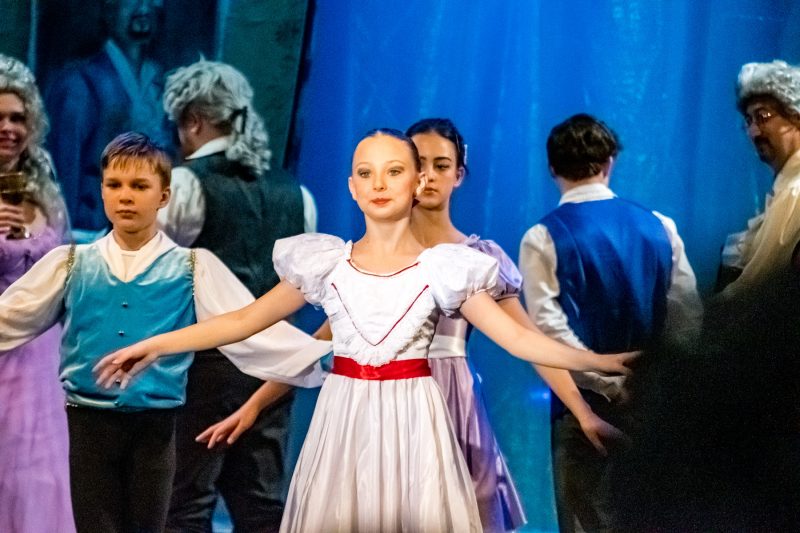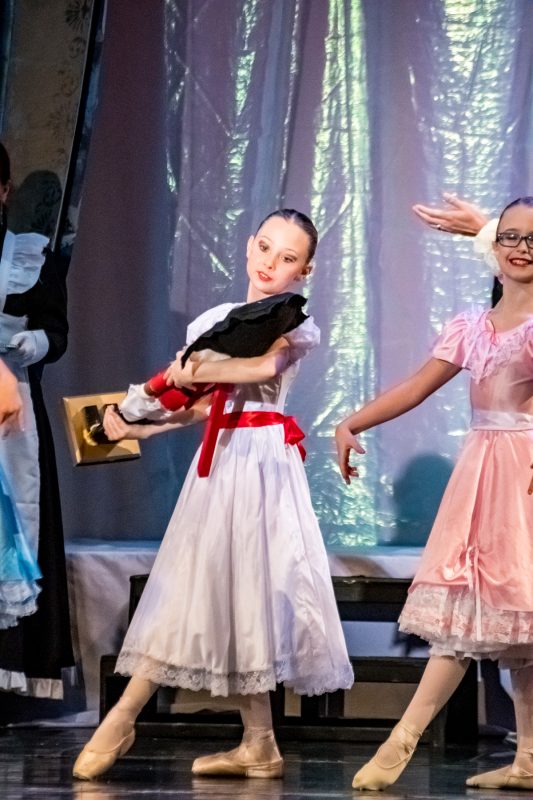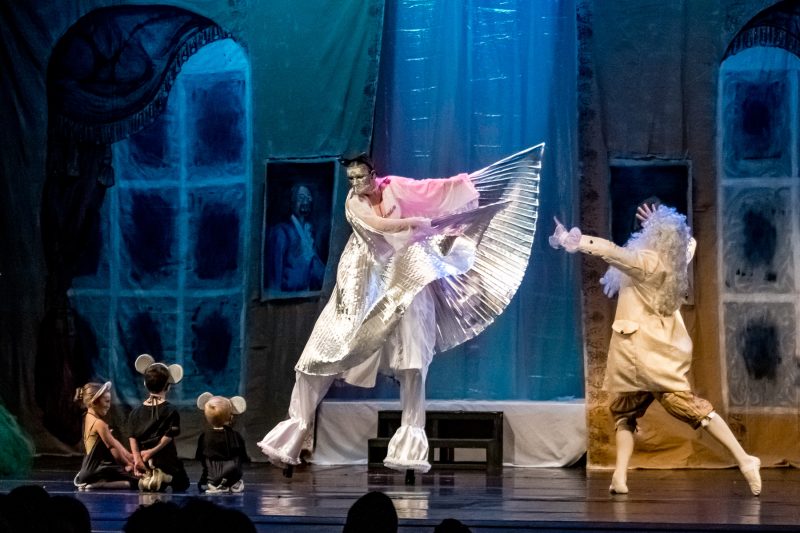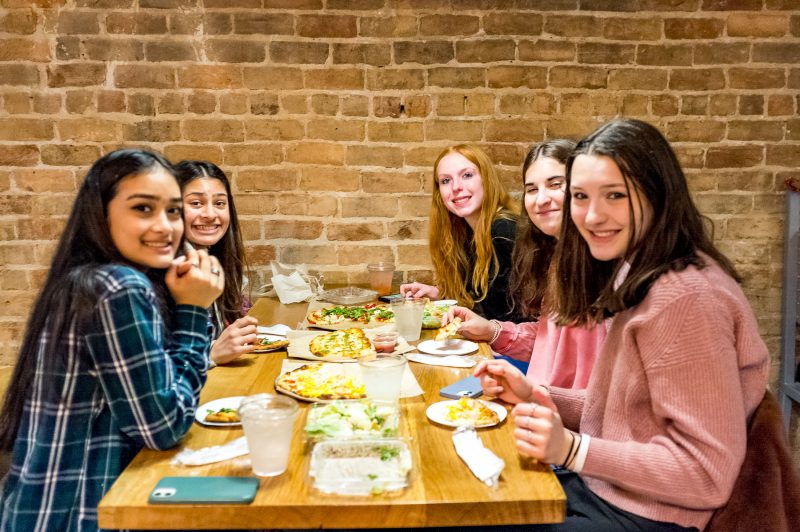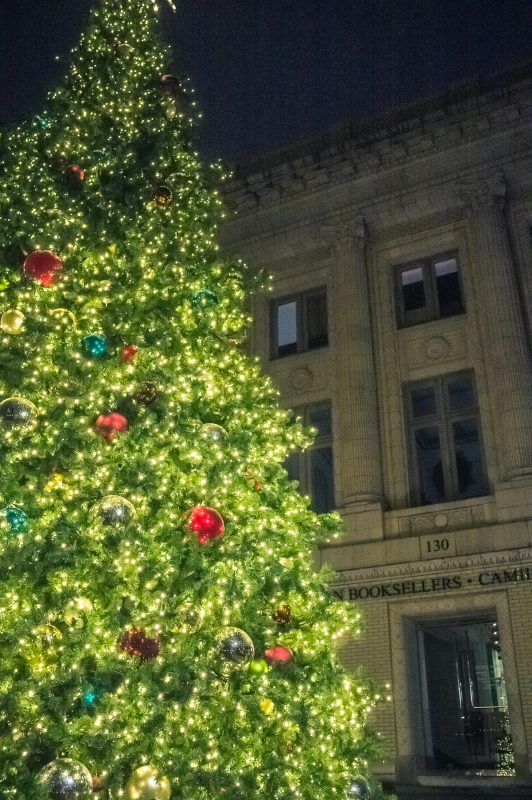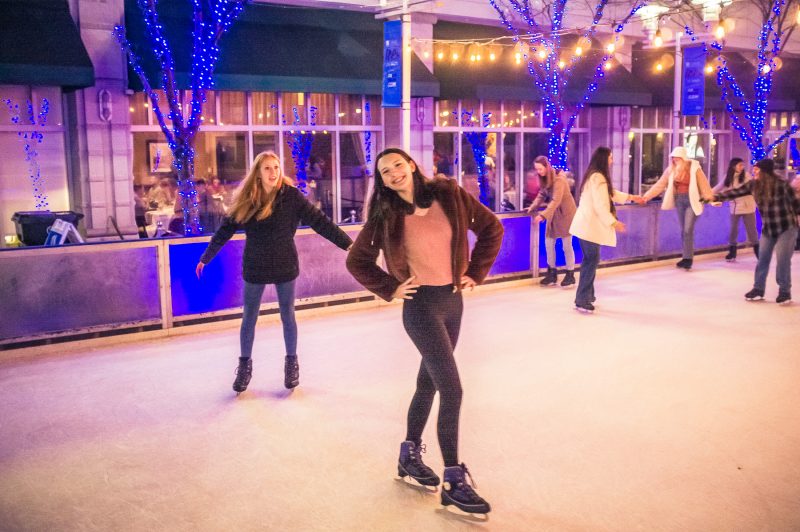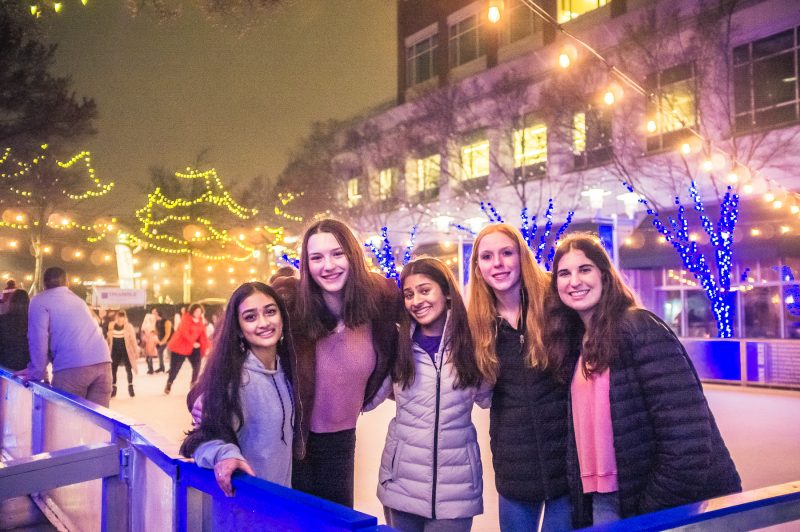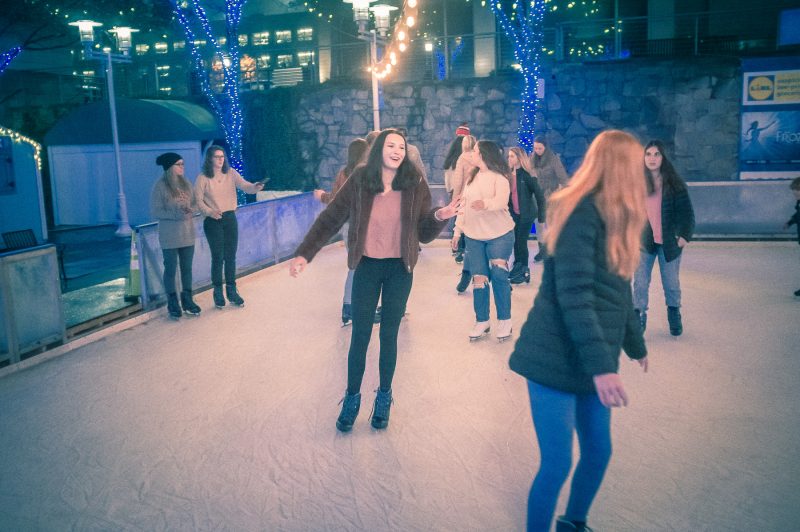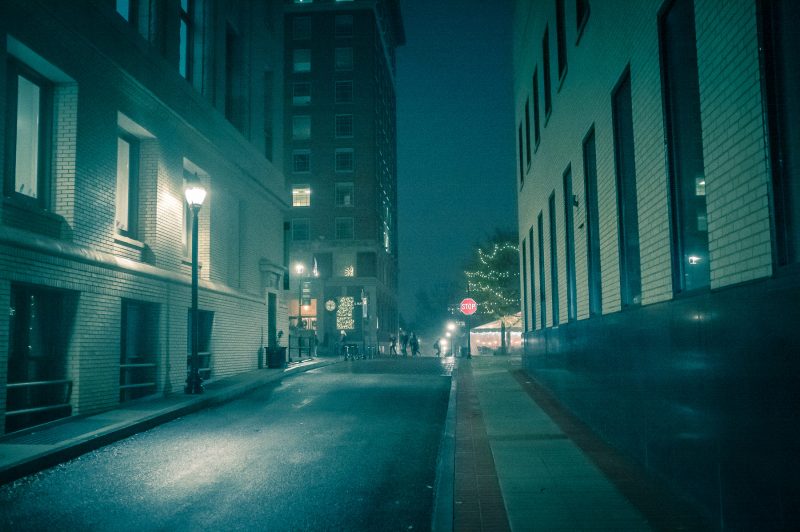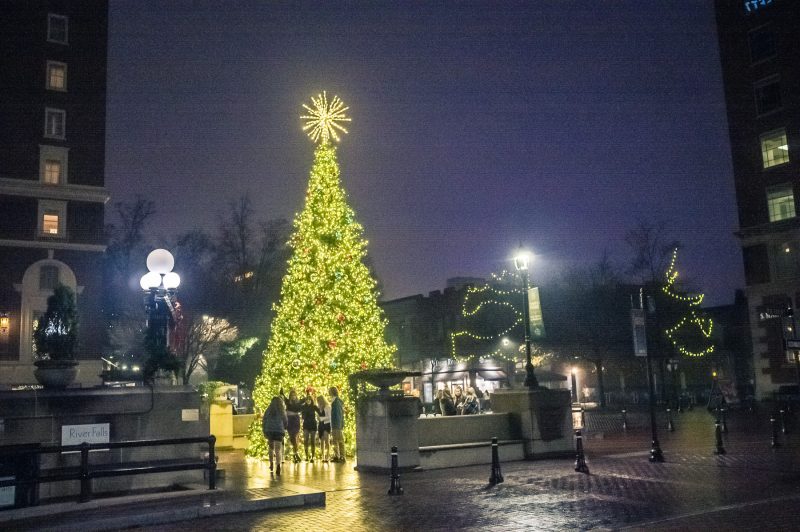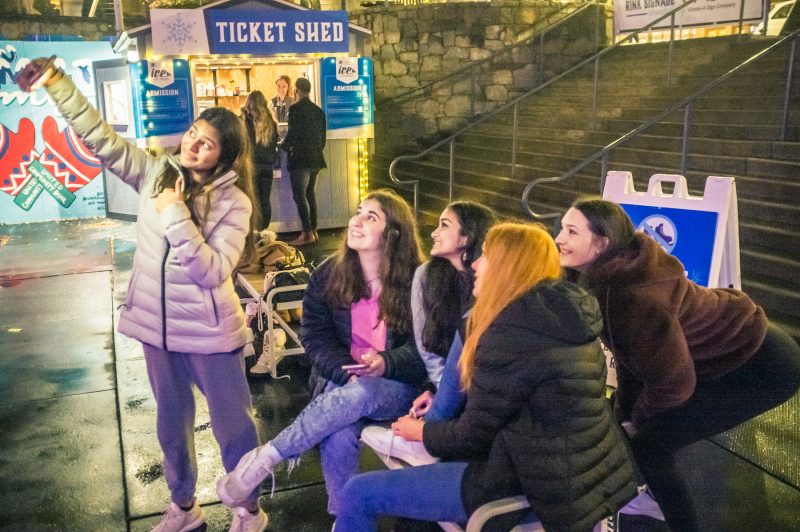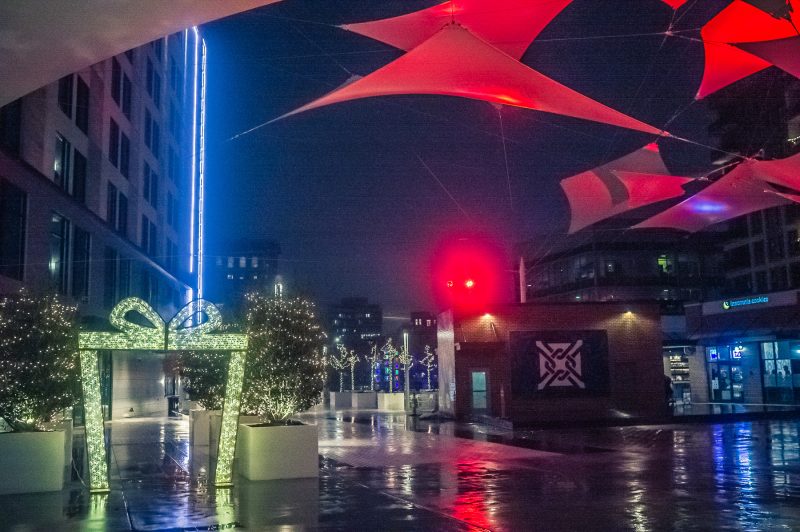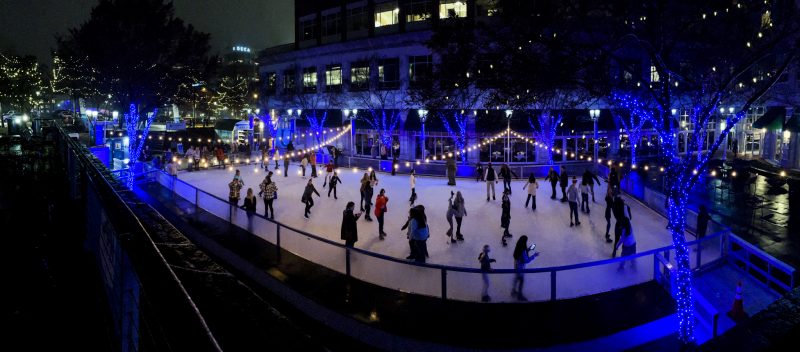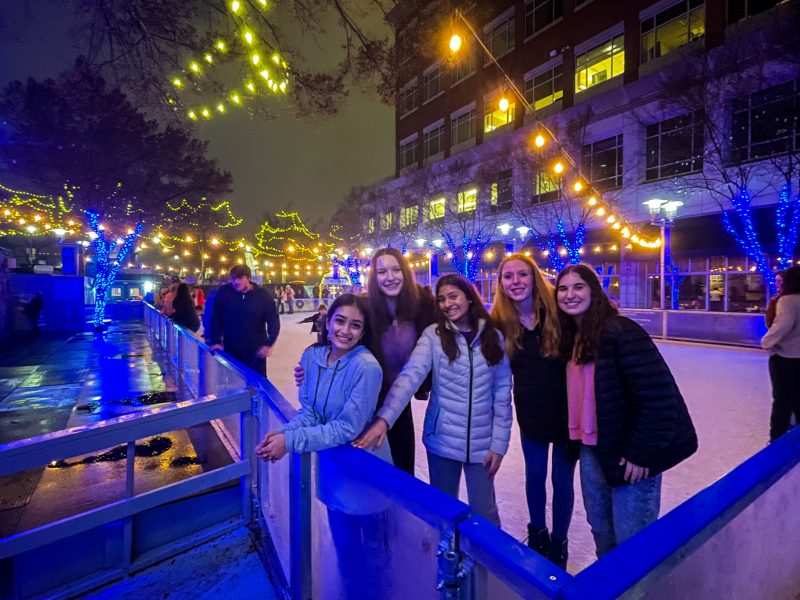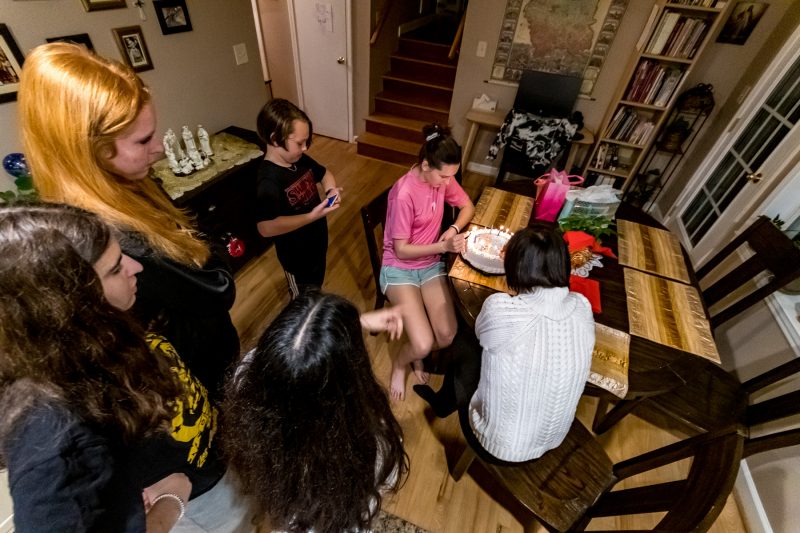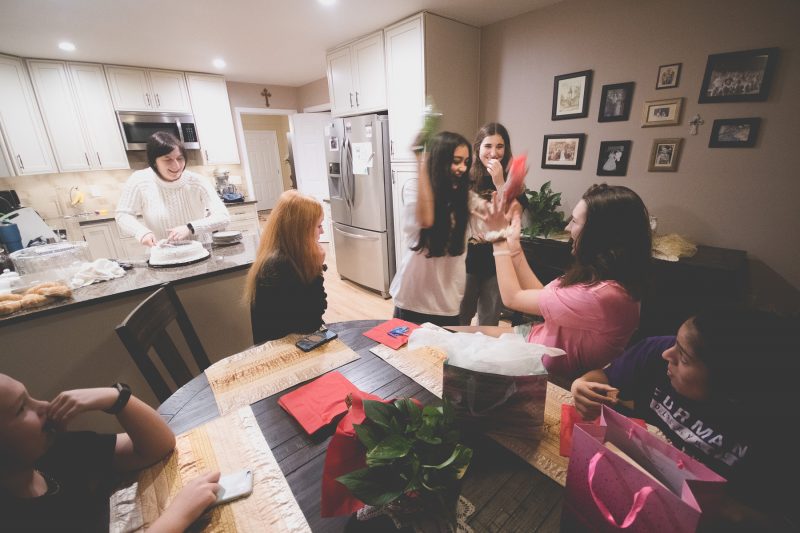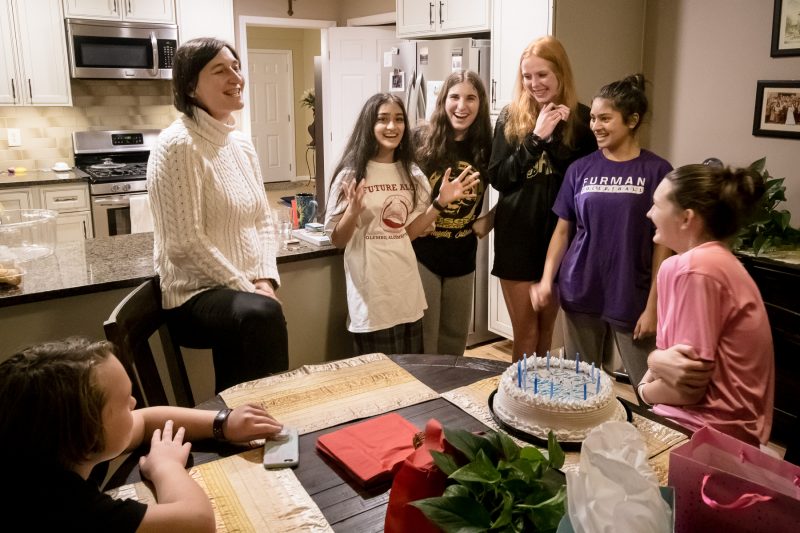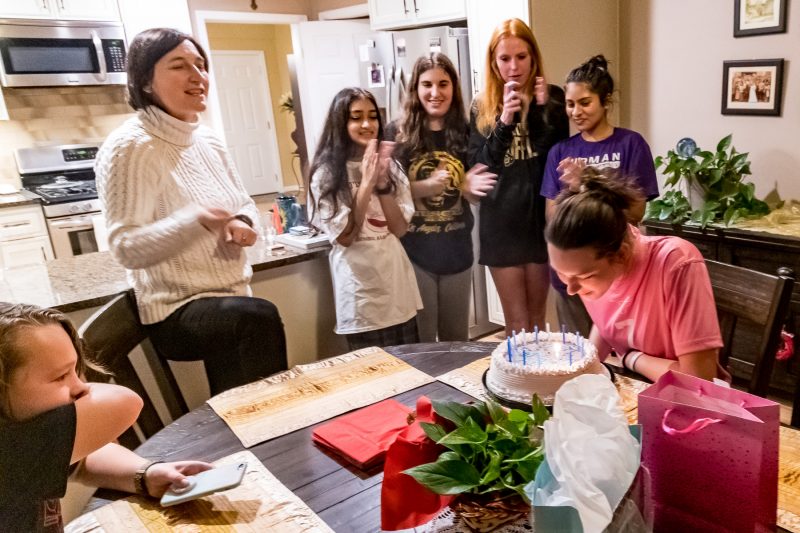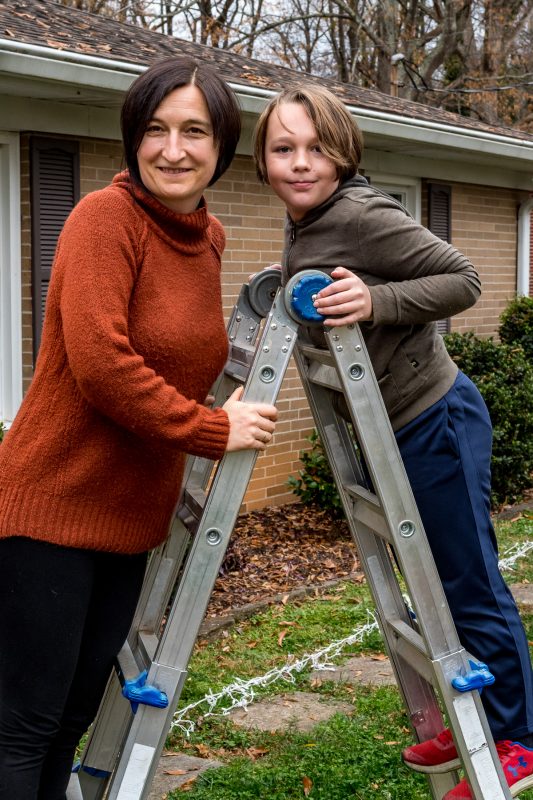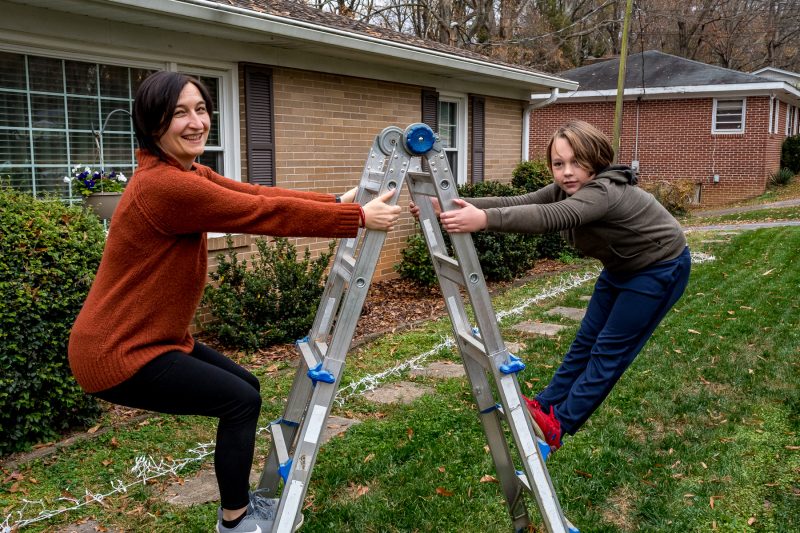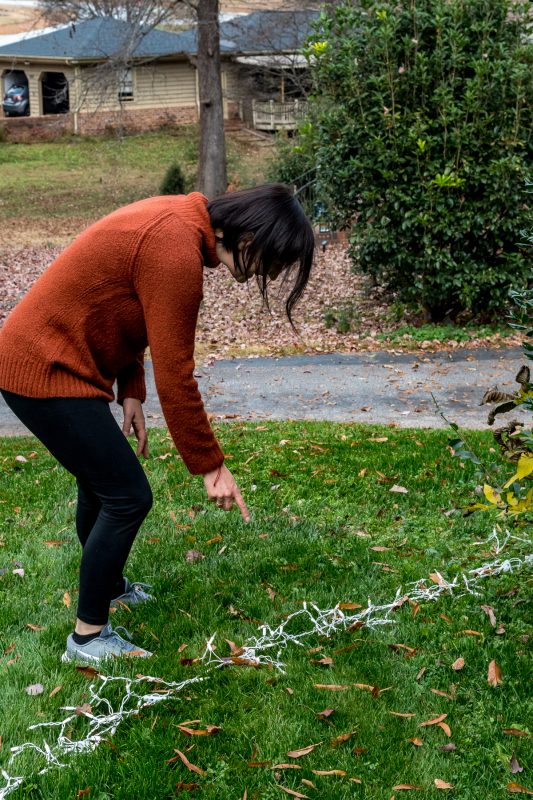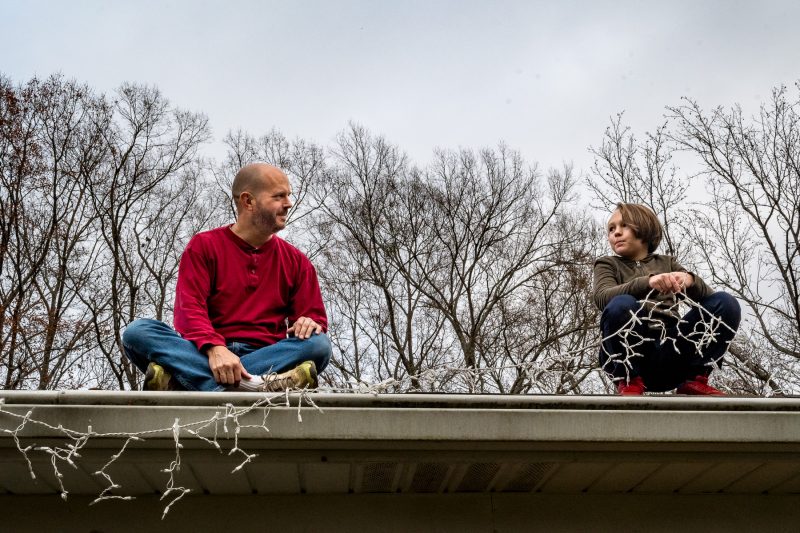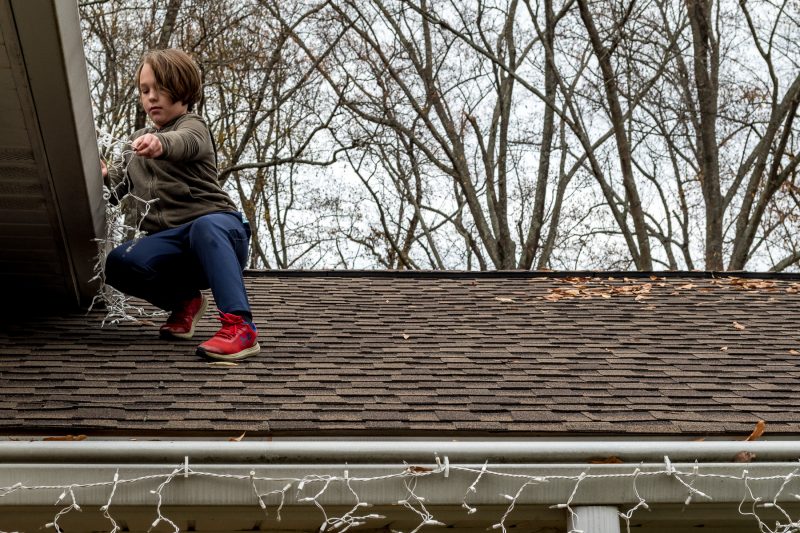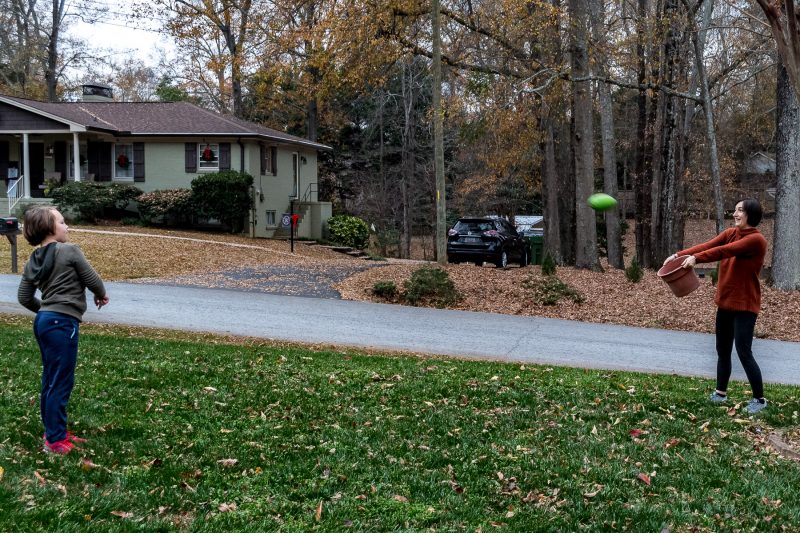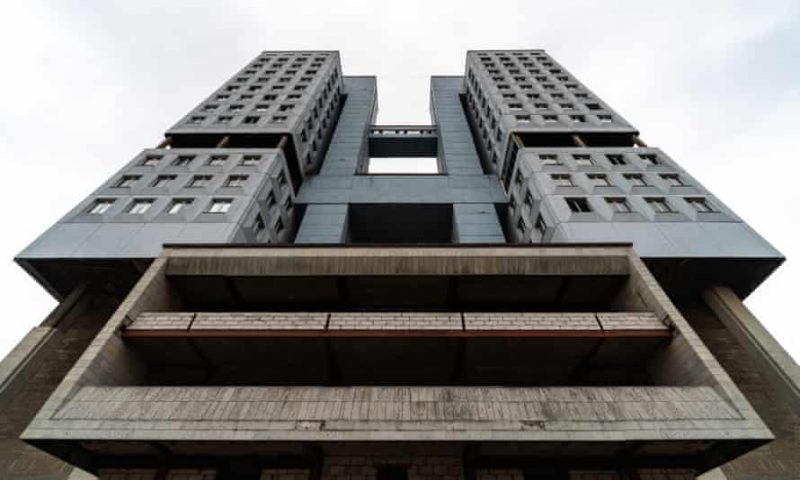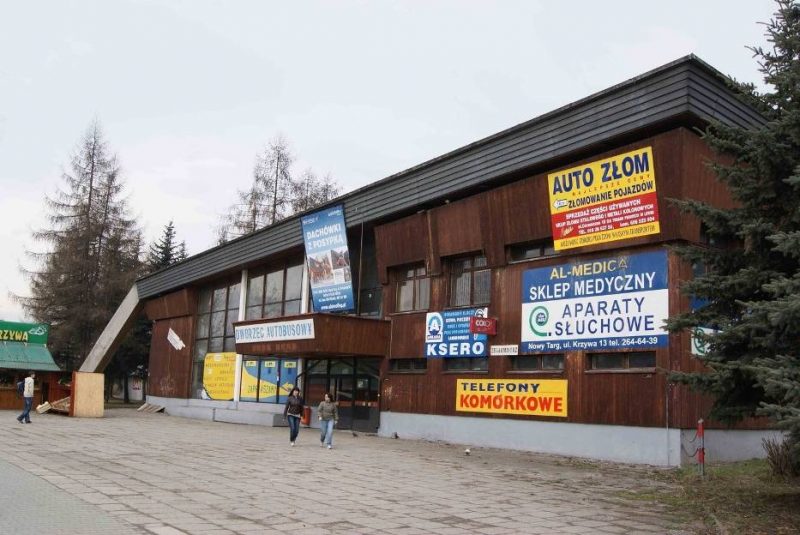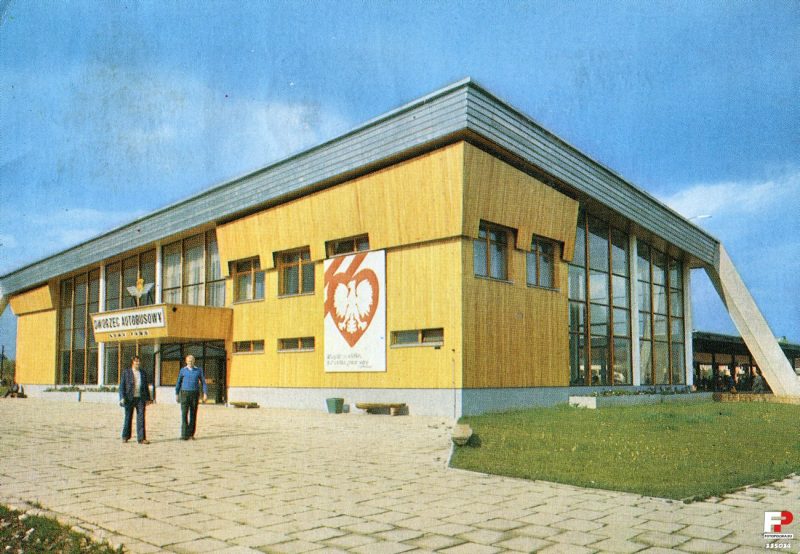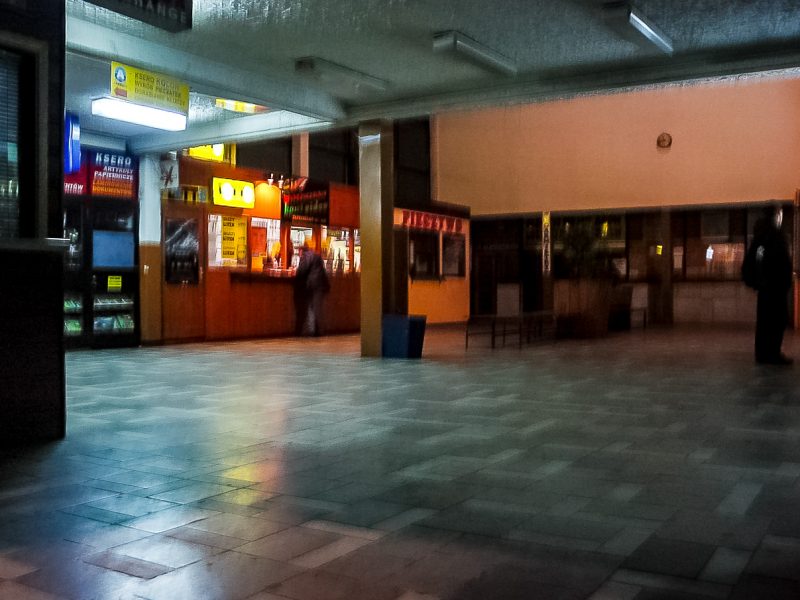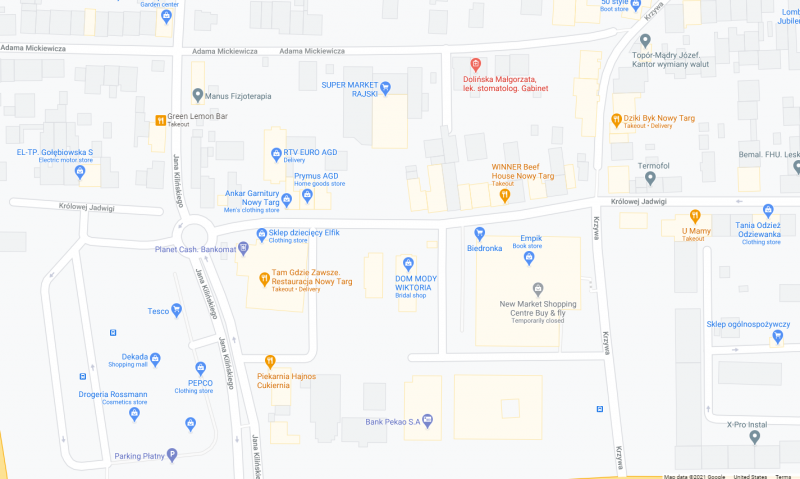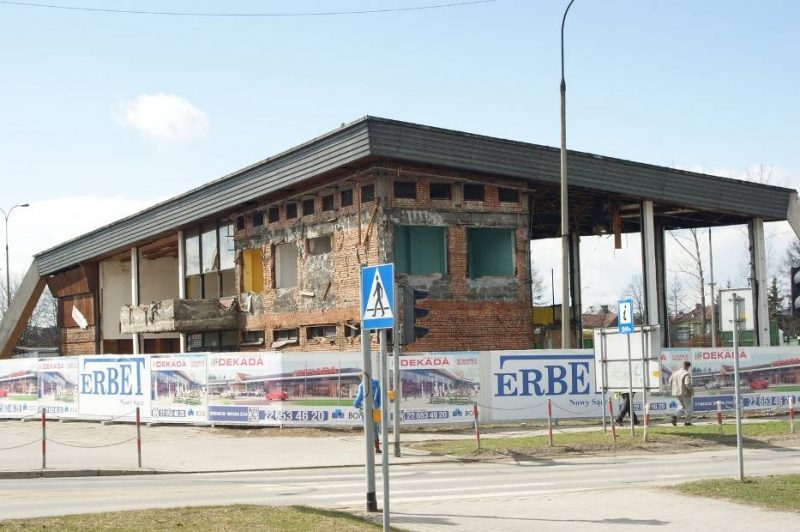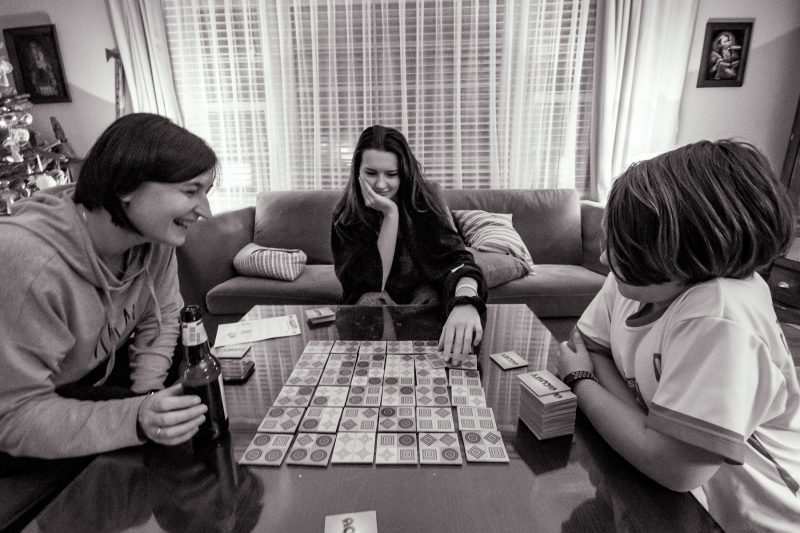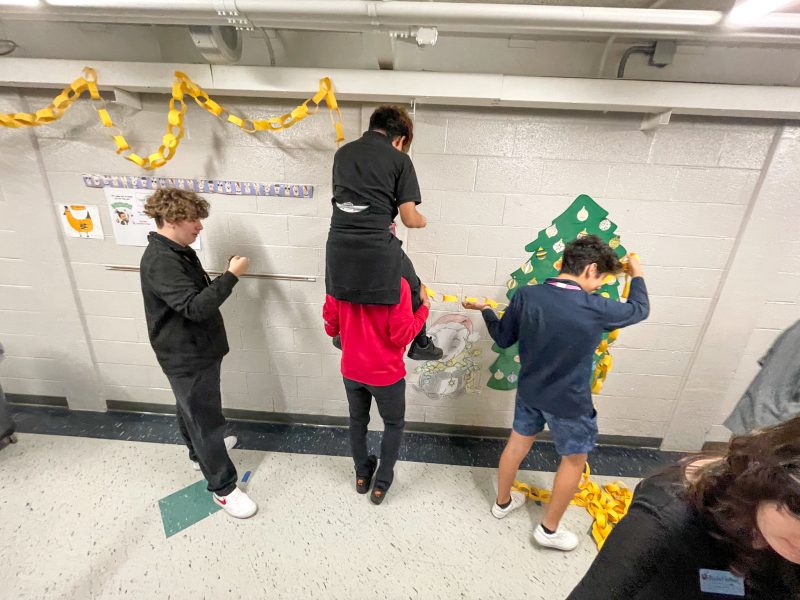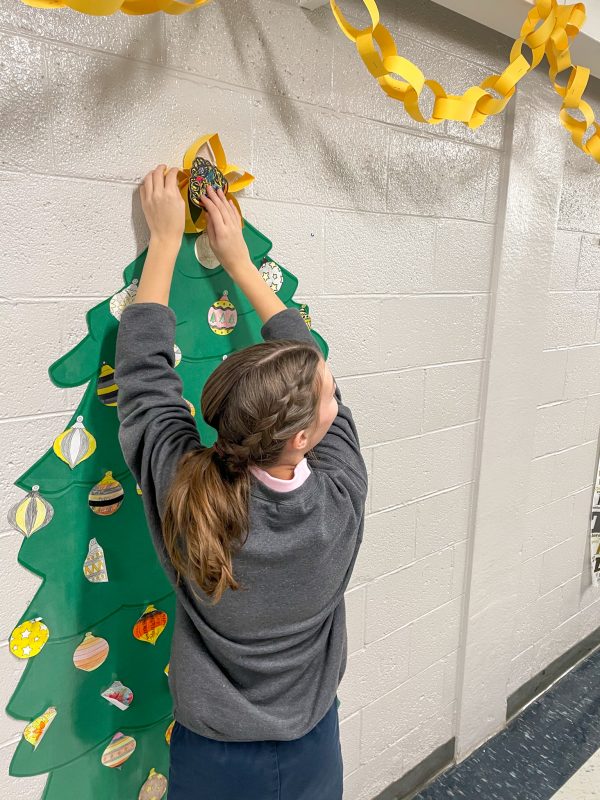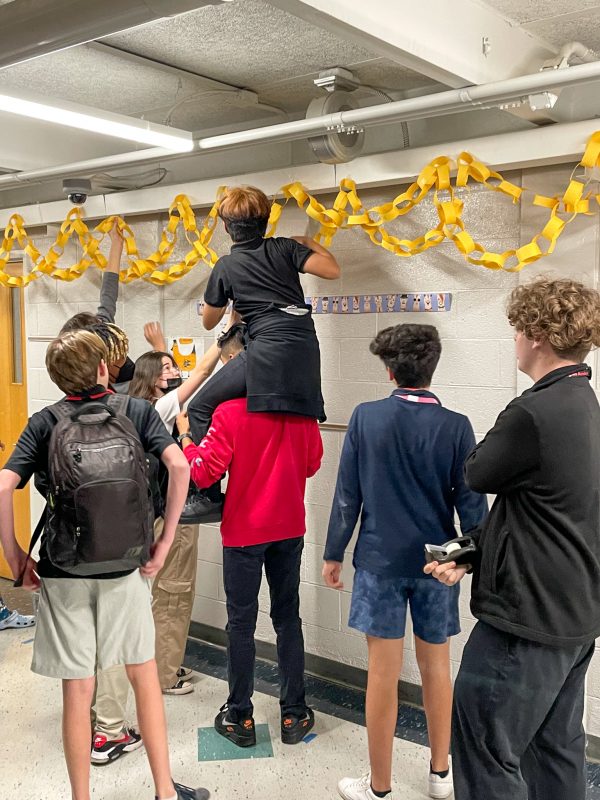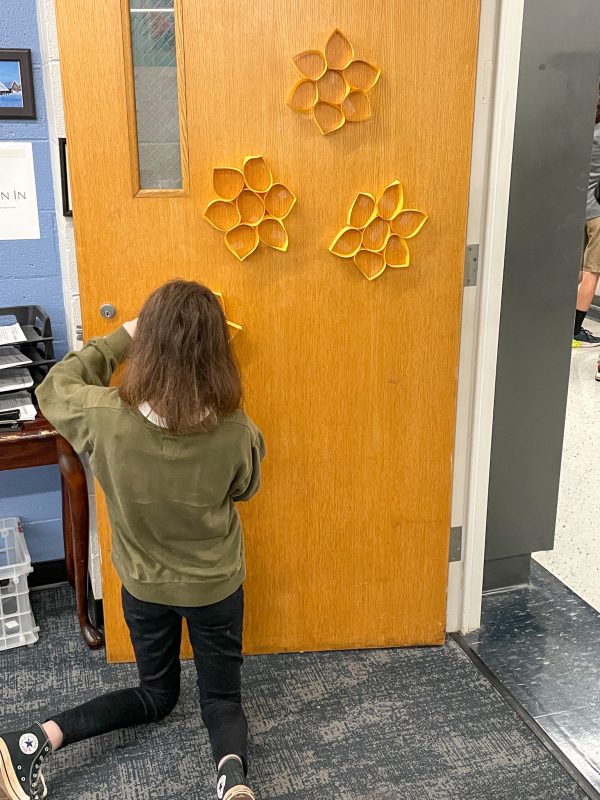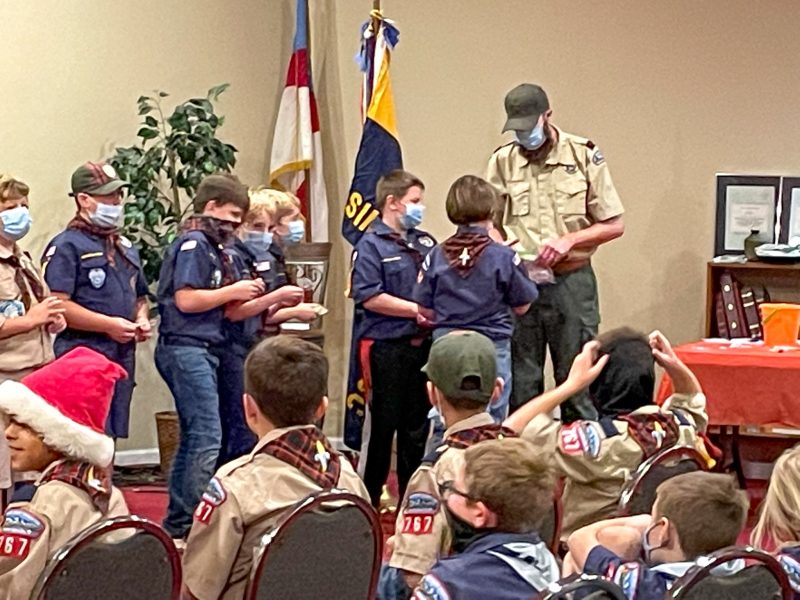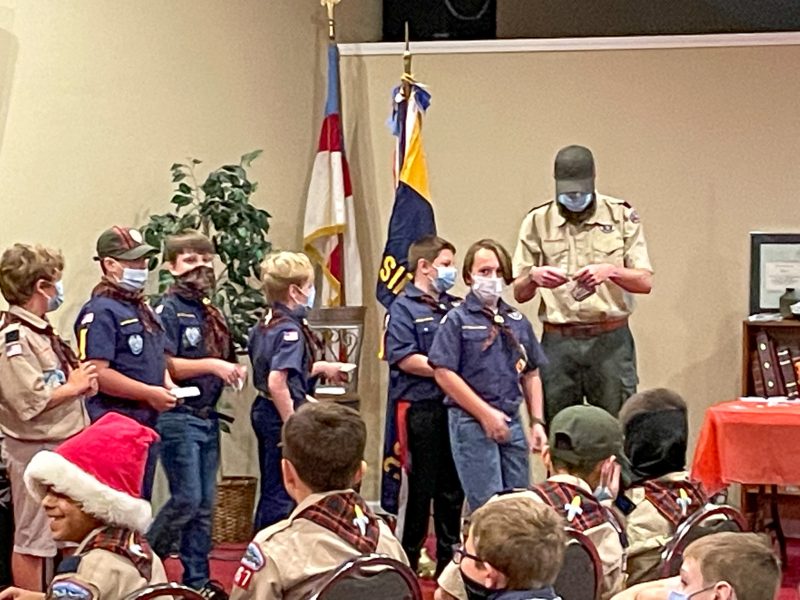It’s been a while since the Boy and I went exploring behind our house. I can’t recall the last time — I don’t know that we did much exploring during the summer if any.

When we got to the place we first cross the creek, we discovered that our normal method was impossible: the bricks and stones we’d set up to step across were gone, washed away by one storm or another. We had to improvise. We had to make a plan. We had to find materials and rig everything together.

“You’re a scout — this is just up your alley!” I suggested.

In the end, we pulled several sticks together to spread our weight out and used another stick for balance. It gave us both a little sense of accomplishment, but I was just enjoying spending time with him.
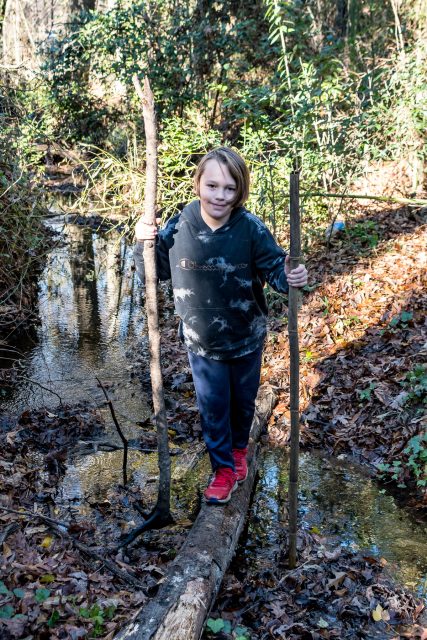
When we got to the spot we have to cross for the second time, we discovered it too had washed away. Fortunately, there was a log nearby, and we simply had to put it in place.
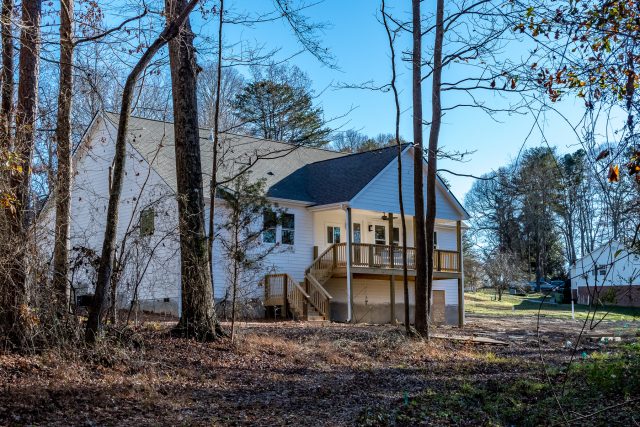
At the end of our route, where we always exited the sewer easement (that’s essentially where we explore) into an empty lot, we saw that the house begun earlier this year is nearing completion, which means we might not be able to do this much more — at least exit onto the street and walk back via streets.
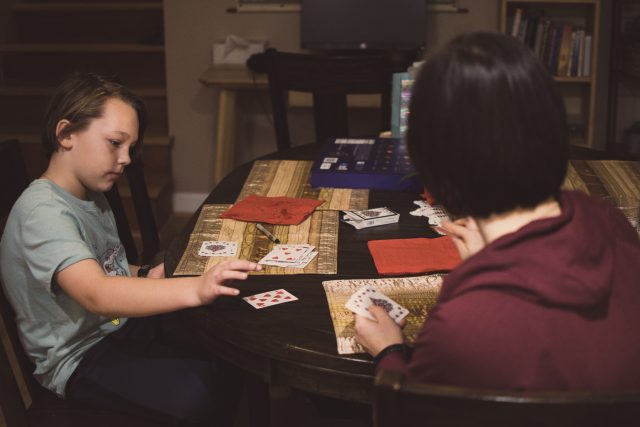
In the evening, some cards with K.

